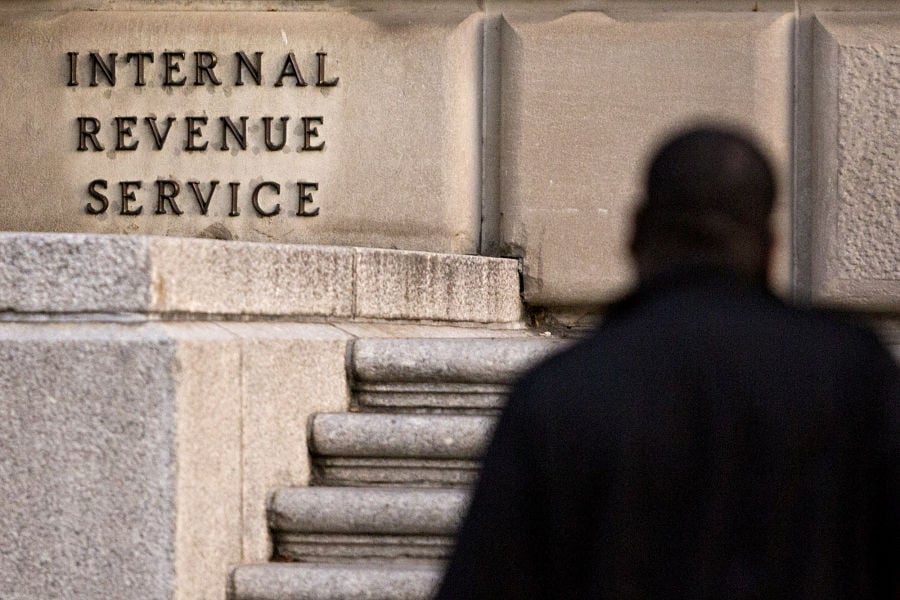

The IRS released new guidance Friday on taking coronavirus-related distributions from retirement plans in IRS Notice 2020-50.
Coronavirus-related distributions were created under the CARES Act to help those in need withdraw funds penalty-free from their retirement savings. The CARES Act also allows CRD income to be spread over three years and CRDs to be repaid within three years.
However, the CARES Act created an opening for the Treasury Department to expand the individuals eligible for this tax relief, and that is exactly what it did.
CRDs are now available to a wider group of individuals. Under the original act, to qualify in the loss of income category, the individual had to experience adverse financial consequences due to an array of qualifying factors. The IRS has added the following new qualifying factors: a reduction in pay (or self-employment income) as a result of COVID-19 or having a job offer rescinded or the start date for a job delayed as a result of the pandemic.
In addition, the new guidance allows an individual to take a CRD if he or she has suffered adverse financial consequences due to a spouse or a member of the household being affected by any loss-of-income qualifying factor (including the newly added ones). This opens CRDs up to many more individuals who are not sick but have suffered financially due to the pandemic.
For example, if Jill is not sick and has not lost her job, but is having financial problems because her husband had his work hours and pay reduced, she now qualifies for a CRD. She would not have qualified before these new rules.
For this expanded relief, a member of the household is someone who shares the individual’s principal residence, which extends this relief up to more than just family. A roommate, partner or other nonrelated person living in the home would qualify.
For example, let’s say Ian and Bob are roommates. Ian has an individual retirement account, but he's not sick and has not lost his job. But his roommate Bob has lost income from his business and is not able to pay his share of the rent. If this adversely affects Ian, Ian qualifies for a CRD, where he would not have previously.
The IRS provided another nice break on the repayment of CRDs. Repayment allows taxes paid on a CRD to be refunded by filing an amended tax return. But IRS said that if the funds are returned before the tax return for the year was filed (including extensions), then the CRD income for that year would not count as income and no amended tax return would be necessary.
For example, Susan takes a $30,000 CRD from her IRA in 2020 (2020 is the only year a CRD can be taken) and spreads the income over three years, planning to report $10,000 as CRD income in 2020, 2021 and 2022.
But things turn around for Susan in 2021 and she repays $10,000 to her IRA on March 30, 2021, and then files her 2020 tax return on April 10, 2021. Susan does not have to include any CRD income on her 2020 tax return. If Susan files an extension for her 2020 return, repays the $10,000 on Sept. 15, 2021 and then files her 2020 tax return on Oct. 12, 2021, she still does not have to include the $10,000 CRD as income on her 2020 return. However, if Susan files her tax return before she repays the $10,000, then she could not exclude the $10,000 from her 2020 return and would have to file an amended return to recoup the taxes paid in 2020.
Some other points from the IRS release:
Beneficiaries. While CRDs can be taken from inherited retirement accounts, they cannot be repaid by a beneficiary since a non-spouse beneficiary can never do a rollover. Any non-spouse beneficiary who takes a CRD will owe the tax.
Find out the Rollover rules for beneficiaries here.
Death. If a person takes a CRD and spreads the income over three years but dies before all the tax is paid, then the remainder of the CRD not yet included in income must be included on the deceased’s final tax return.
72(t) payments. Someone taking a series of periodic payments under 72(t) to be exempt from the 10% early distribution penalty can still receive a CRD, and the IRS says it will not break that payment schedule. It will not be treated as a prohibited modification of the schedule.
CRD certification. The IRS provided a model form for an employee to certify to an employer that he or she satisfies the conditions for a CRD.
All of this adds relief for those in need, but remember that withdrawing early from a retirement account should still be a last resort. If the CRD funds cannot be repaid, there will be less available for retirement.
For more information on Ed Slott, Ed Slott’s 2-Day IRA Workshop and Ed Slott’s Elite IRA Advisor Group, please visit www.IRAhelp.com.

Relationships are key to our business but advisors are often slow to engage in specific activities designed to foster them.

Whichever path you go down, act now while you're still in control.

Pro-bitcoin professionals, however, say the cryptocurrency has ushered in change.

“LPL has evolved significantly over the last decade and still wants to scale up,” says one industry executive.

Survey findings from the Nationwide Retirement Institute offers pearls of planning wisdom from 60- to 65-year-olds, as well as insights into concerns.
Streamline your outreach with Aidentified's AI-driven solutions
This season’s market volatility: Positioning for rate relief, income growth and the AI rebound
